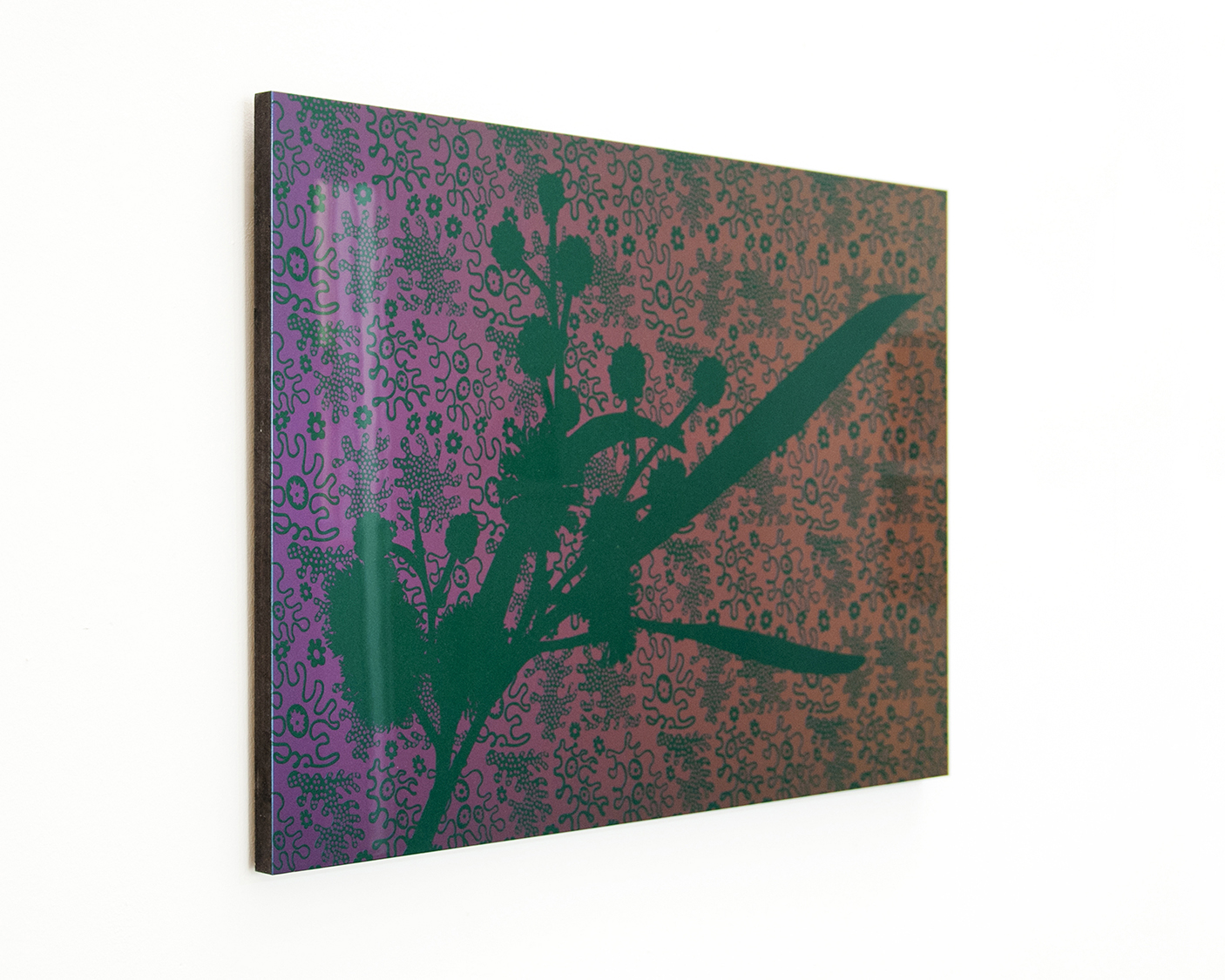Strati. Eco-fobia Poetica
Galleria Gaburro, Milan
09.04. - 19.05.2024

INvasive Aliens (Acacia), 2023
Strati. Eco-fobia Poetica
curated by Valeria Schäfer and Matteo Scabeni
with works from Dingyue (Luna) Fan, Macoto Murayama, Sophia Pauley, Fabio Rocato and Katharina Veerkamp
Opening: 09.04.2024 6.30 to 9 pm
Galleria Gaburro
Via Cerva 25, 20122 Milano (IT)
info@galleriagaburro.com
www.galleriagaburro.com
